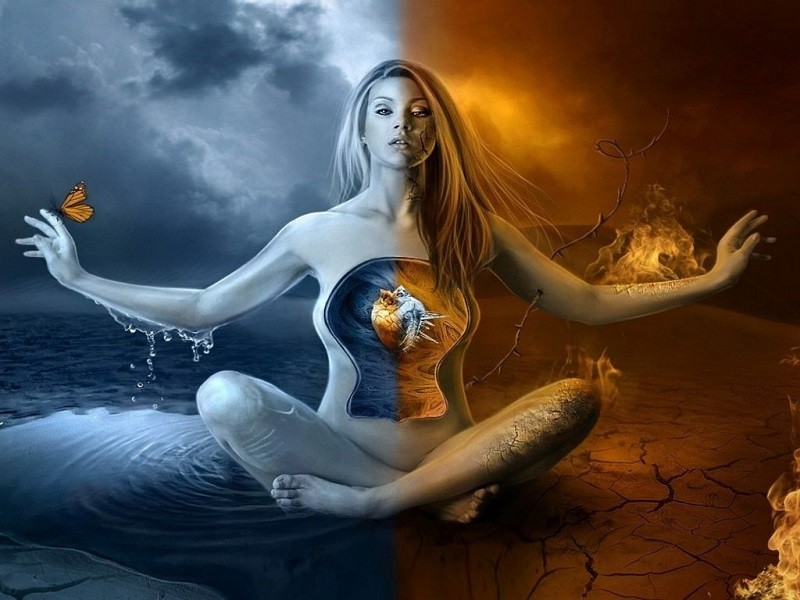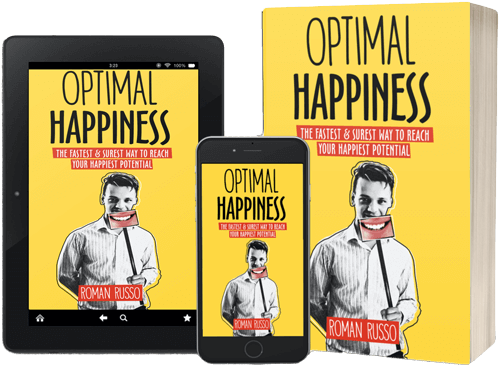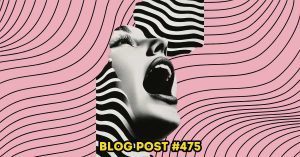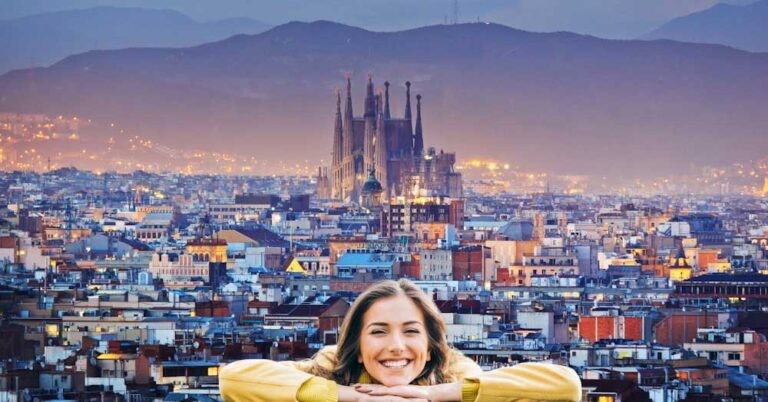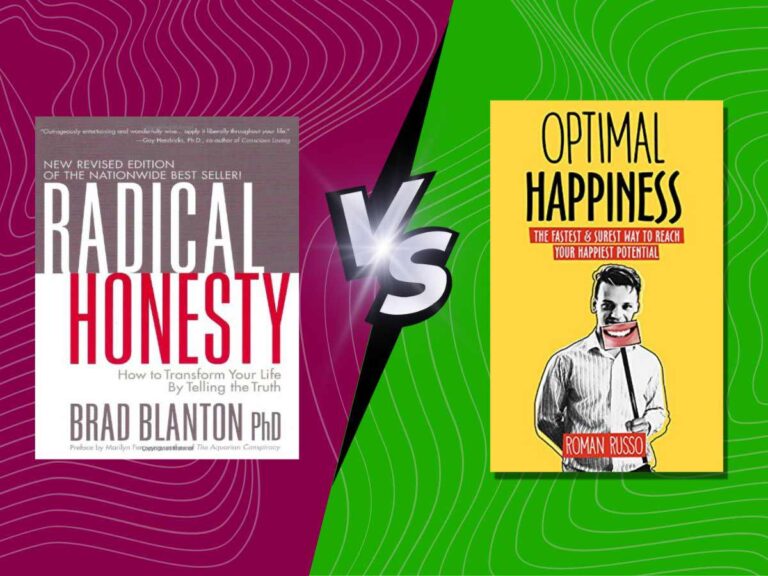Meanwhile, Marketing offers us something, which is still scarce in our society – beauty.
Take, for example, Bollywood. People like to watch movies with dancing, singing, and beautiful dresses because there is not so much beauty in their lives. They use cinema as a form of escape from the real world.
Bollywood of Our Lives
Similarly, any other suitable marketing campaign will add a bit of beauty to our lives. Nice colors, excellent shape, a promise to change our lives – all the elements of a good marketing campaign.
It may be a superficial beauty, existing only in our imagination and on paper (in a campaign) and not in the real world, but beauty.
A product’s beauty can come from different areas: design, ease of use, results of using a product, interaction with the human element, or any other way.
I call in a superficial beauty because, most often, we already have more than we truly need, so anything else creates unnecessary clutter, which distracts us from things that matter.
Marketing is Beauty
Consider only Cities without ads like Sao Paulo (Brazil) or Cuba. These places have no outside advertising, and by accounts of many people who visited them, they are dull and boring to look at.
Oppositely, for people who live there and come to places like New York, a City of Ads, the advertised world can look too crowded.
This is true if we consider the accounts of people who came from the “civilized world” and spent some time in places like Africa. These people will often conclude that the world’s natural beauty is much more satisfying than big cities’ artificial beauty.
Still, for those who have to live in a city, we look for the best beauty sources, as we need a benchmark to know what we have to aspire to.
A good benchmark is to look at people who made it. Therefore, we are especially interested in celebrities, wealthy people, and other people in influence and power positions. But, take away the beauty, and things like money and power stop being attractive to us.
Where Does Beauty Come From?
In my seminars on happiness, I talk about the concept of external and internal beauty. Outer beauty is the beauty of the outside world. Respectively, inner beauty exists only inside our minds.
External beauty is what most people consider beauty, but it comes with a warning sign. If we are to look for outer beauty, we will also find external ugliness. To judge something as beautiful is to think of something else as ugly. The two things go together.
On the other, there is internal beauty. Internal beauty does not look at the external world for permission to be happy. It assumes happiness.
After all, beauty makes us feel good. It makes us feel happy, and that is why we are attracted to beauty.
How Much Beauty is There in Our Lives?
A documentary Objectified (2009) concluded that 70% of the world is unpractical or poorly designed (not beautiful) and puts the blame on designers and marketers whose job is to bring beauty into our lives through consumption.
I will assume the Pareto Principle (also known as the 80/20 rule), which takes that 80% of our world is dull, and only 20% is attractive and beautiful. Of course, truly unique and beautiful objects are 4% of things in our lives (which is 20% of 20%) or even 0,8% (which is 20% out of 20% out of 20%). You can take this logic as far as you want.
Beauty Is In the Eyes of the Beholder
Something beautiful to one person is not attractive to others. This is good because it gives people more choices depending on their tastes.
Still, as mentioned above, only internal beauty is a real beauty. We have the power to consider something as beautiful or not. We can use this logic to consider everything beautiful if we so desire.
And this is the power to make our lives into a living paradise.

